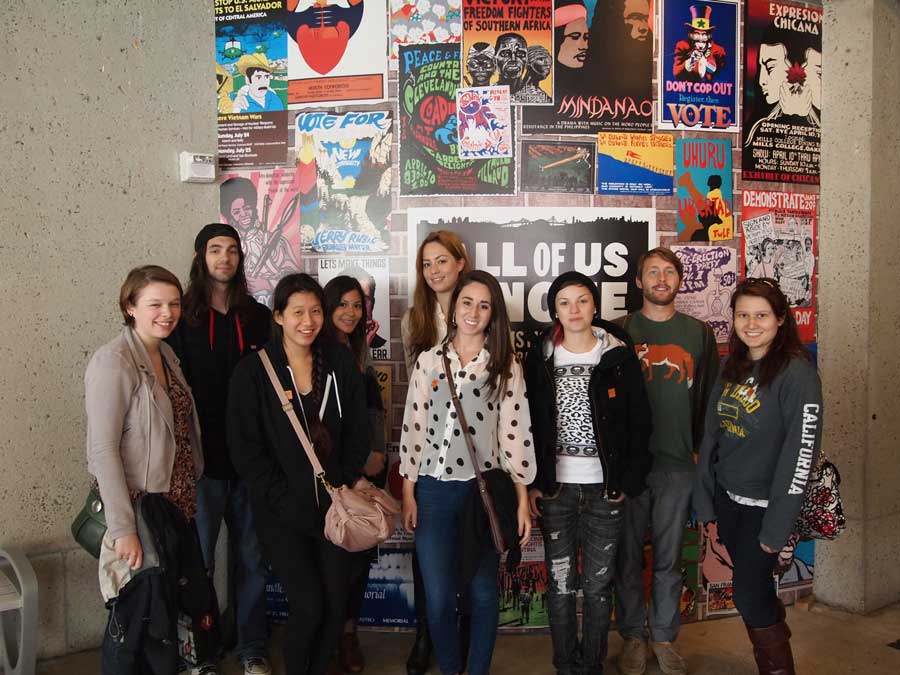
Designers and visual communicators can be culturally aware by creating work that is socially responsible and influences positive change in society. Designers in the forefront of social change are currently using their design-thinking skills to develop and execute their own solutions to social problems-pushing the boundaries of what design can do. This course will demonstrate to students the power of design to leverage their sense of humanity and ability to fashion a more humane and just world.
Students will be assigned specific historical events or social movements to research and reveal relevant examples of how design can sway public opinion, organize, inform, protect and restore the environment. The course will survey an array of visual styles, communications and design projects that date from the turn of the century to the present in the form of artistic posters, non-commercial advertisements, web sites, outreach and political propaganda. Students will also enage with San Francisco based design firms that are socially responsible, local artist / activists that incorporate design into their propaganda and learn how the work they do is making a positive and significant impact on the world.
Visiting Artists / Designers:
Kathryn Lynn Shearman of Kazoo Studios / Emory Douglas, Aaron Gach [The Center for Tactical Magic] , Courtney Quirin, Brute Labs, New Leaf Paper + Sustainable Graphic Design
1. Students will develop a critical understanding of the political, economic and social underpinnings of design and social responsibility by reading and responding to theoretical texts that provide political, economic and social frameworks to analyze the production of design and social change
2. Students will chronologically sequence selected movements in history in which design has influenced social change by reading historical texts. Students will learn to identify features of design and social change by visiting socially conscious design firms and organizations in San Francisco.
3. Students will learn to identify and analyze the growth and development of the concept of design and social responsibility across various world cities and regions by reading texts and researching web sites and participating in class lectures and discussions.
4. Students will learn to compare and contrast design projects and social change by reading and interpreting texts and participating in class lectures and discussions. They will learn how to use critical thinking as a key skill in interpreting their social world.
5. Students will learn to articulate and defend their judgements through a studied, engaged, and informed process of reflection as well as action. Students will develop focused research questions and compose substantial arguments in response to those questions by incorporating extensive independent library research, field observations and documentation.
CLASS PRESENTATIONS + VISITING DESIGNERS
Screen Printing with Stencils / Creating Low-Tech Propaganda Workshop
Kathryn Lynn Shearman + Kazoo Studios / Visiting Artist
02.08.2012
Richard Kamler and Robert Atkins in Conversation
Thurs, Feb 2 and Wed, Feb 8, 2:30-3:30 pm
McLaren 250, USF (at Clayton)
http://www.usfca.edu/library/thacher/
02.15.2012
02.22.2012
02.29.2012
Project 01: Survey of the History of Design + Social Change
Student Presentations
03.07.2012
3/7/2012 1:00:00 PM to 3:00:00 PM
Location: McLaren Bldg
Room: MC 251
University of San Francisco
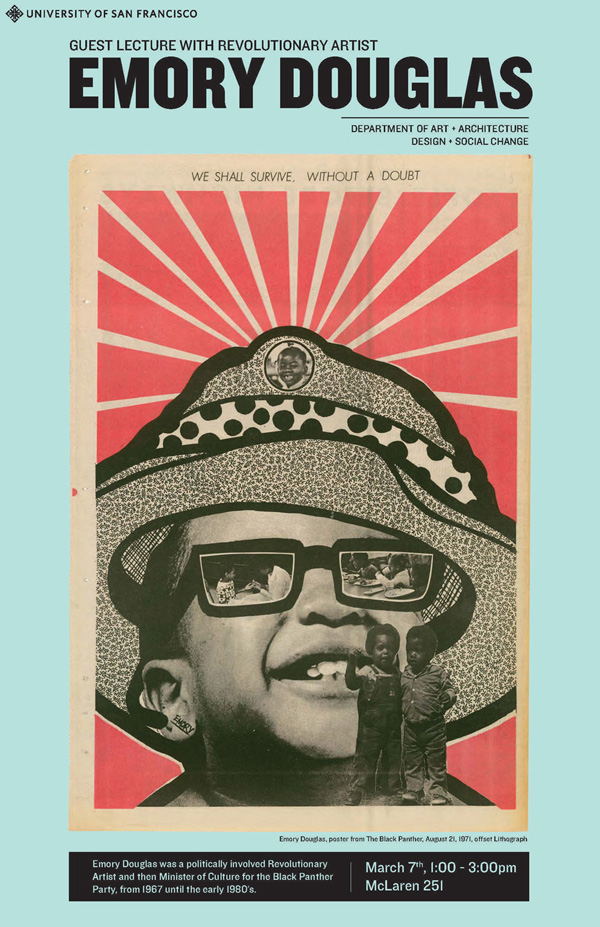
poster by Iris Lerch and Chris Chappelle
Potluck Picnic with Emory Douglas / USF students on Lone Mountain
Presentation / Artist’s Talk
03.14.2012
SPRING BREAK
USF Equal Justice Society / Creative Justice Art Show

03.21.2012
Project 01 - Presentations
Generosity City Artwork Production
Discussion of Thought Papers / Emory Douglas Presentation
03.28.2012
GENEROSITY CITY - Screen Printing Workshop with Kazoo
discuss web site for class project
Project 02 / [download project brief]
Project 02 / [download grading criteria]
04.04.2012
Joshua To/ BruteLabs
http://www.brutelabs.org/vision.html
“BRUTE LABS uses design and technology to create sustainable social entrepreneurship. Our small, all-volunteer team has launched 11 projects around the world and across a broad spectrum of causes; from cyclone relief in Myanmar, to clean water wells in Ghana, to a bio-diesel project with Stanford. Our open source altruism has also garnered multiple design awards from AIGA and Adobe as well as partnerships with local businesses, the city of San Jose, Google, Nike, Facebook and many more.”
Work on Project 02 / Thought Paper 09
Turn in outline
04.11.2012
Guest Lecture:: Courtney Quirin / Wildlife Preservationist / Artist
Courtney uses GIS [Geographic Information Systems] to determine scarcity of various species then publishes silk screened propaganda to generate awareness to the endangered animals.
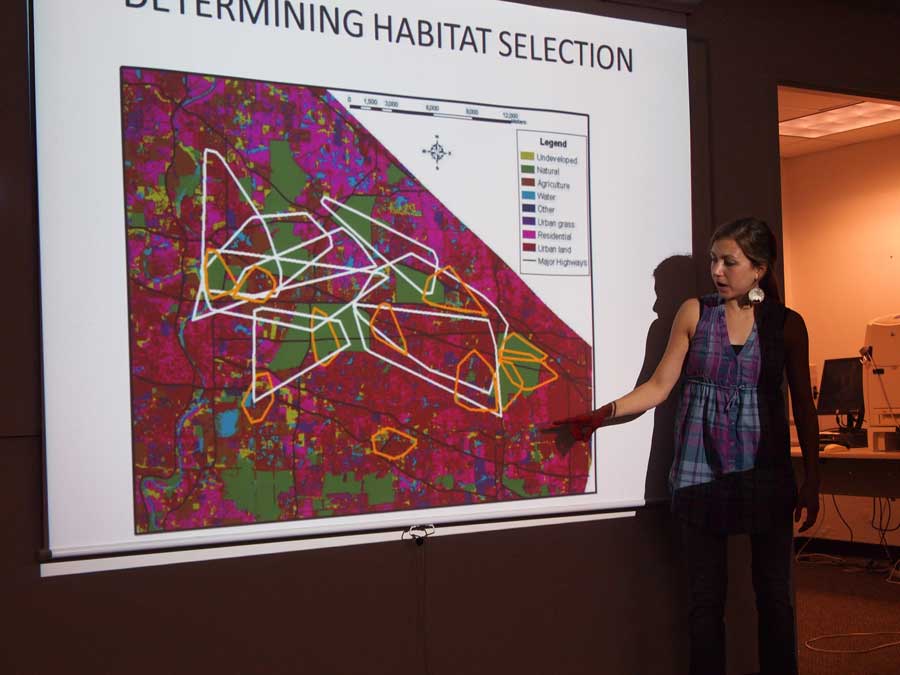
04.18.2012
New Leaf Paper / Sustainable Graphic Design
Jeff Mendelsohn speaks about the transformation of the book publishing industry with the use of recycled papers and the process of de-inking post-consumable paper products.
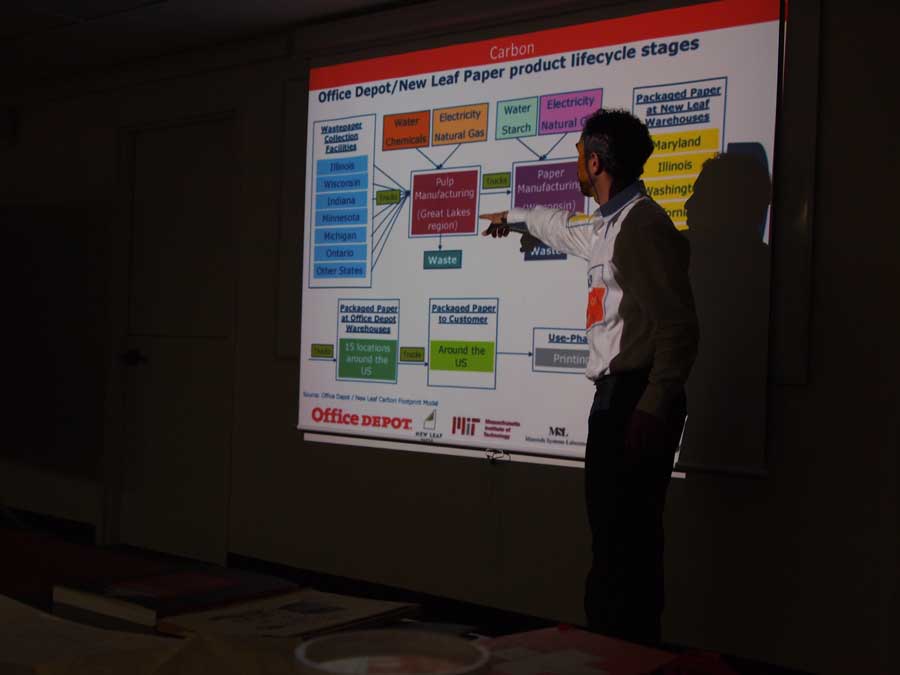
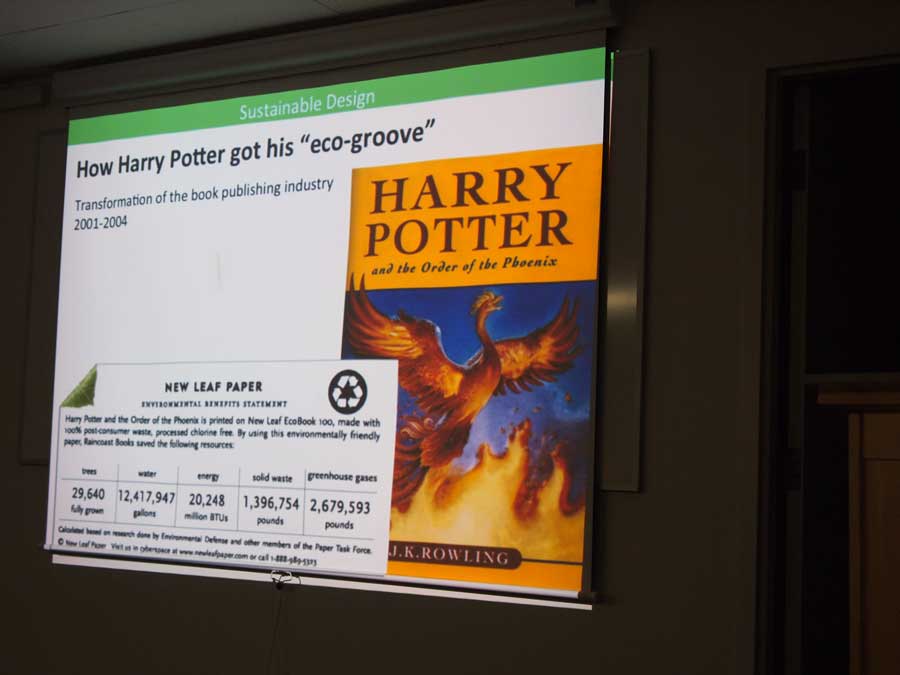
04.25.2012
http://labs.tomorrowpartners.com/designers-social-entrepreneurs-and-storytellers-designing-change/
http://www.kqed.org/a/forum/R201204231000
The Center for Tactical Magic
http://www.tacticalmagic.org/
“The Center for Tactical Magic engages in extensive research, development, and deployment of the pragmatic system known as Tactical Magic. A fusion force summoned from the ways of the artist, the magician, the ninja, and the private investigator, Tactical Magic is an amalgam of disparate arts invoked for the purpose of actively addressing Power on individual, communal, and transnational fronts. At the CTM we are committed to achieving the Great Work of Tactical Magic through community-based projects, daily interdiction, and the activation of latent energies toward positive social transformation.”
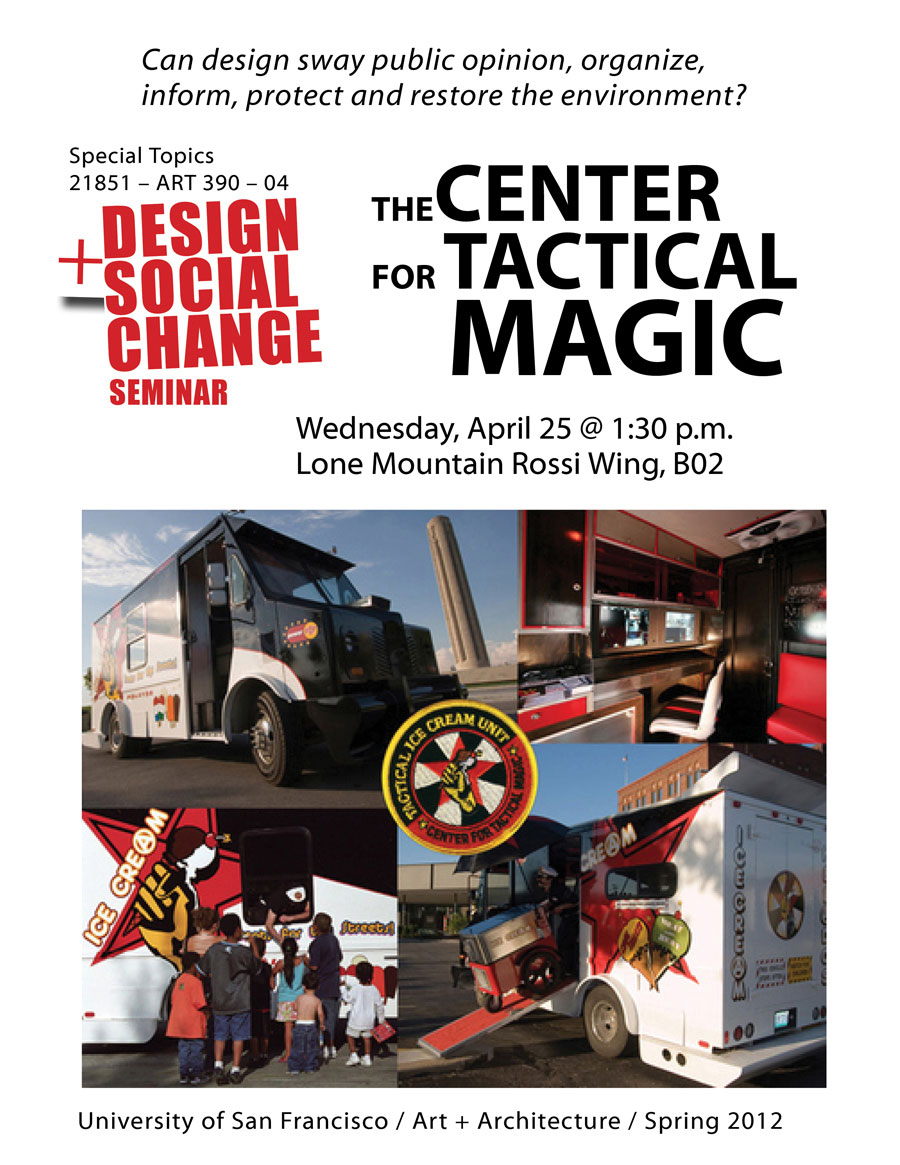
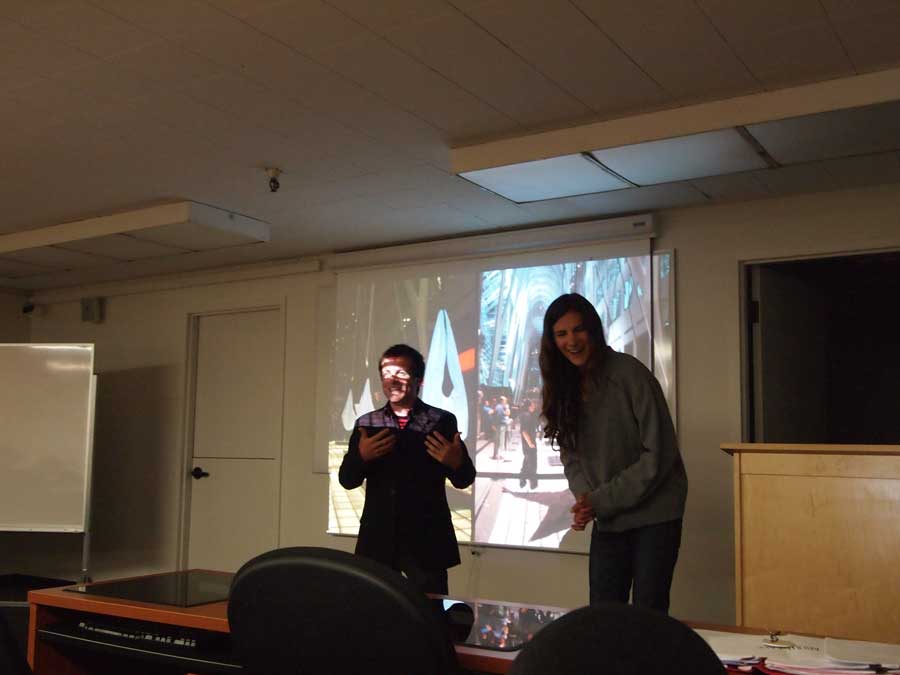
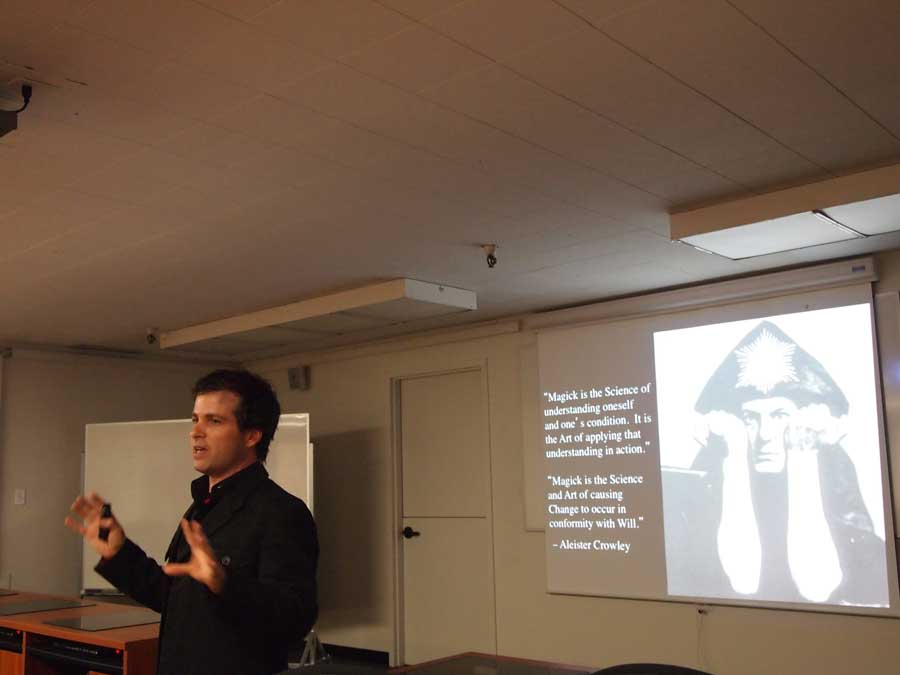
05.02.2012
Field Trip - Oakland Museum of Art
All of Us or None: Social Justice Posters of the San Francisco Bay Area